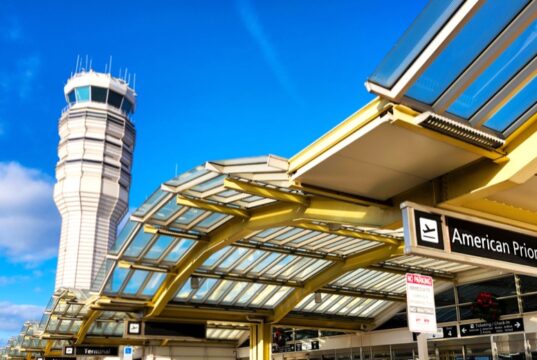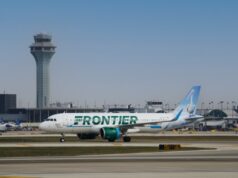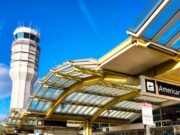
Order builds on early success of United Next strategy and includes 50 Boeing 787-9 and 60 A321neo aircraft
United also secures new options for up to 50 more Boeing 787s and new purchase rights for up to 40 A321neos at the end of the decade
United Airlines today announced orders for 110 more aircraft for delivery beginning in 2028, building on the early success of United Next and adding additional flexibility for its long-term fleet.
United converted previous options and purchase rights into firm orders for 50 Boeing 787-9s for delivery between 2028 through 2031, as well as 60 Airbus A321neos for delivery between 2028 and 2030. The company also secured new options for up to 50 more Boeing 787s and purchase rights for an additional 40 A321neo aircraft at the end of the decade.
“We're building a bright future at United and this order takes our already successful United Next plan into the next decade and beyond,” said United CEO Scott Kirby. “Our planning and focus on the long term have helped us surge past other airlines that stood still. I'm convinced our strategy is the right one as we continue to add new, larger aircraft to take full advantage of our growing flying opportunities both internationally and domestically.”
United expects to take delivery of about 800 new narrowbody and widebody aircraft between 2023 and the end of 2032.
Larger Aircraft to More Places
A key component of the United Next plan is growth in gauge, essentially flying larger planes with more available seats on the same route. Given that United currently operates out of the largest markets in the country – Chicago, Denver, Houston, Los Angeles, Newark/NYC, San Francisco, and Washington, D.C. – upgauging also boosts overall connectivity domestically and internationally.
In 2019, United averaged 104 seats per North American departure, among the lowest in the industry. By 2027, United expects that number to jump more than 40% to over 145. United now has 180 A321neo and over 370 737 MAX aircraft on firm order through 2030, a combination that will drive the average seats per departure even higher on these larger aircraft, with even lower anticipated per-seat costs.
Fleet Flexibility
United's latest aircraft order starts at the end of the decade and can be used for fleet growth or replacement, depending on the demand and the economic climate at the time. And from a widebody perspective, the 50 incremental 787-9s that United ordered today will allow the airline to further simplify its international fleet – another benefit to customers and employees as well as an area of cost savings.
United is already the largest carrier across the Atlantic and Pacific. The airline now has 150 Boeing 787s on firm order – more than any airline in the world.
New Customer Amenities and Lower Carbon Emissions
The new aircraft in today's order will have the same customer amenities, technological innovations and fuel efficiency benefits as previous United Next narrowbody and widebody orders. For narrowbodies, these include seatback screens in every seat, enough overhead room for everyone's carry-on, Bluetooth connectivity, and fast Wi-Fi. And each new widebody features United Polaris® business class, where customers get their own pod with a lie-flat seats and 16-inch seatback screens. The airline recently announced new business class amenity products and services from Therabody and Saks Fifth Avenue.
Plus, these new aircraft will continue to reduce United's per-seat carbon emissions compared to the older models they replace, in line with the airline's expectation to be net zero by 2050 by reducing GHG emissions 100% without relying on traditional carbon offsets. According to Boeing, the 787 Dreamliner contributes up to a 25% improvement in fuel efficiency and lower carbon emissions per seat compared with the airplanes it replaces and according to Airbus, the A321neo brings a 50% noise reduction and more than 20% fuel savings and CO2 reduction compared to previous generation single-aisle aircraft.
United expects that 75% of its fleet will be new-generation by 2030.
















































































































